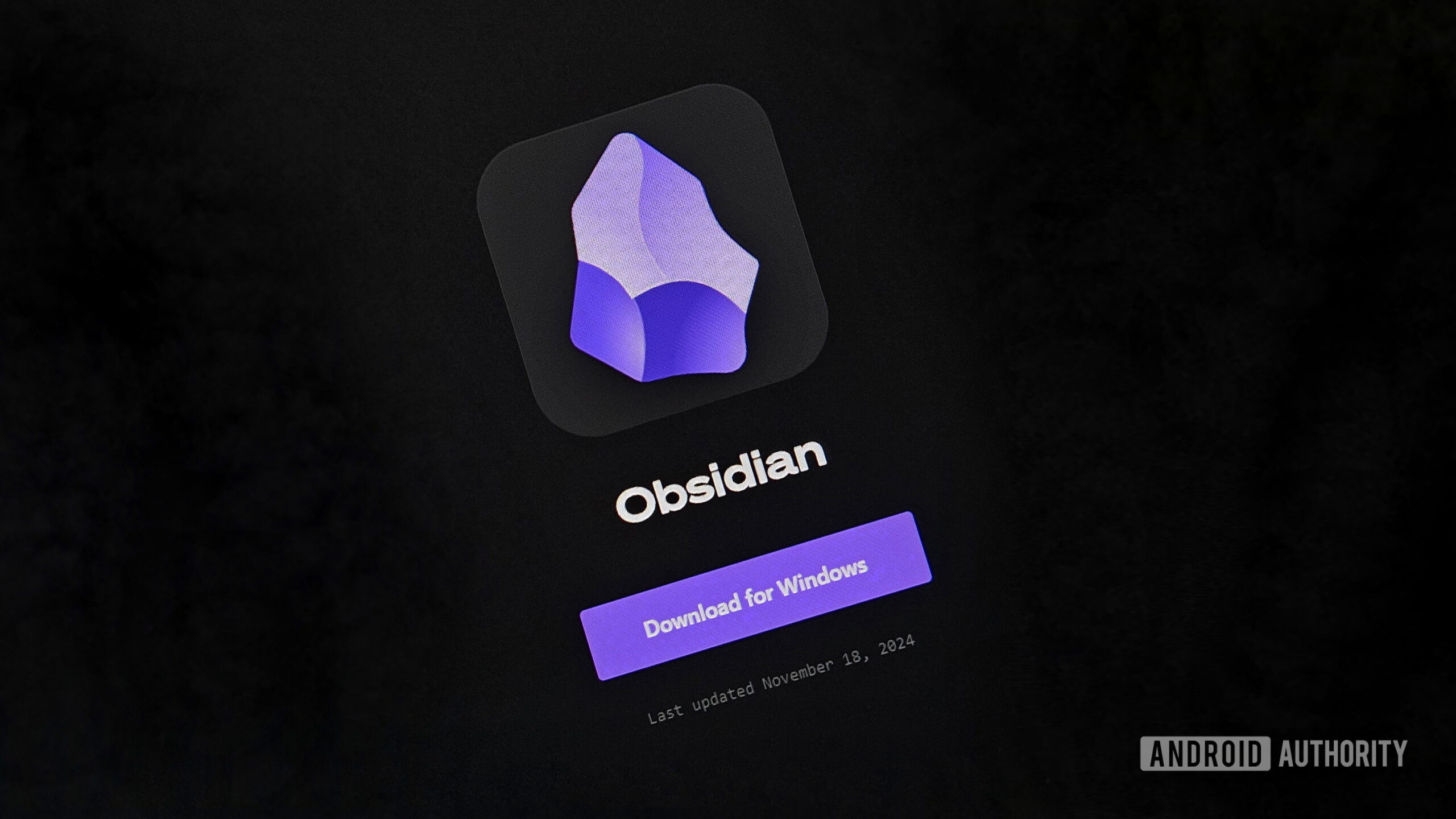The banking sector is undergoing a profound transformation, largely driven by technological advances. At the heart of this evolution is core banking software, which forms the backbone of traditional banking systems. As digitalization reshapes industries around the world, core banking systems are evolving to meet the demands of the modern age consumers and companies.
What is Core Banking Software?
Core banking software is a comprehensive suite of applications that enable financial institutions to manage their core banking activities. These include handling customer accounts, deposits, withdrawals, loans and credit facilities. Traditionally, core banking systems were designed to streamline back-office operations, but modern versions are more advanced, offering real-time processing, enhanced security, and seamless integrations with third-party services.
The shift from traditional to modern core banking systems
Traditionally, core banking software was often based on legacy systems that were rigid, slow and difficult to scale. While these systems were functional in their day, they were increasingly inadequate to meet the growing demand for faster, more personalized services. Banks that still relied on these outdated systems struggled to remain competitive.
With the rise of digital banking and the increasing importance of customer experience, financial institutions began exploring more flexible and modern banking solutions. The shift to cloud-based systems, microservices architecture and API-driven ecosystems has enabled banks to implement more flexible, scalable and secure solutions.
Cloud-based core banking solutions have been one of the key innovations. These solutions allow banks to host their systems on remote servers, reducing the need for on-site infrastructure. As a result, banks benefit from lower operating costs, easier maintenance and improved scalability.
Major innovations in core banking software
The modernization of core banking systems has introduced several innovations that help banks improve their operations. These innovations are transforming the way banks interact with customers, manage transactions and ensure security.
Cloud technology
Cloud computing has brought a major change in the field of core banking software. By moving to the cloud, banks can quickly scale their services without requiring significant capital investments in hardware. Cloud-based systems also offer improved reliability because they reduce the risk of system failures due to on-site infrastructure issues.
Additionally, the cloud enables banks to implement hybrid and multi-cloud strategies, providing the flexibility to use a mix of public and private cloud services to meet specific needs. This shift enables banks to deliver a range of digital services that are faster, more secure and more cost-effective than ever before.
API integration
Application Programming Interfaces (APIs) are central to the future of core banking systems. APIs allow core banking software to integrate seamlessly with third-party services, giving banks the ability to offer more diverse products and services. By using APIs, banks can collaborate with fintech companies, integrate with payment gateways and offer services such as mobile payments and peer-to-peer transfers.
This innovation is critical to fostering a more open banking ecosystem, where consumers have more control over their financial data and access to a wider range of financial services.
Artificial intelligence and machine learning
Artificial intelligence (AI) and machine learning (ML) have made significant strides in major banking software. These technologies help banks automate processes, improve fraud detection and provide personalized banking experiences. For example, AI-powered chatbots can help customers with common questions, providing immediate answers and reducing the need for human intervention.
Machine learning models can analyze transaction data to detect suspicious activity, giving banks a proactive approach to fraud prevention. Furthermore, AI-driven analytics can provide deeper insights into customer behavior, allowing banks to tailor their offerings to individual needs.
Blockchain technology
Blockchain technology is increasingly being explored by banks as a means to improve security, transparency and efficiency. Using blockchain, banks can create secure, immutable transaction records, reducing the risk of fraud and errors.
Blockchain’s decentralized nature also enables faster cross-border payments by eliminating the need for intermediaries. Additionally, blockchain can streamline processes such as KYC (Know Your Customer) and AML (Anti-Money Laundering), making regulatory compliance more efficient.
Real-time processing
One of the most notable innovations in major banking software is the ability to handle real-time transactions. With the rise of digital payments, customers expect instant access to their money and seamless transaction experiences. Modern core banking systems enable banks to process transactions in real time, allowing them to offer services such as instant money transfers, mobile banking and real-time account balance updates.
This innovation is especially important in the context of digital wallets and mobile banking apps, where customers expect immediate changes to their account information after completing a transaction.
Benefits of modern core banking software
The shift to modern core banking systems brings numerous benefits for financial institutions, customers and the broader financial ecosystem. Some of the main benefits are:
Improved customer experience
Modern banking software enables banks to provide more personalized, efficient and user-friendly services. By integrating data from different channels and touchpoints, banks can offer customized financial products, proactive customer support and seamless digital experiences. Whether through mobile apps, online banking or automated chatbots, customers benefit from a more streamlined and responsive banking experience.
Cost reduction and operational efficiency
By adopting cloud-based and API-driven systems, banks can reduce the operational costs associated with maintaining existing infrastructure. Cloud technology also enables faster updates and more efficient implementation of new features, reducing the time and resources required to maintain systems.
Additionally, automation through AI and machine learning can streamline repetitive tasks, reducing the need for manual intervention and improving overall operational efficiency.
Scalability and flexibility
Modern core banking software gives banks the flexibility to quickly scale their operations in response to changing market conditions. Cloud-based systems in particular allow banks to add new features and services without significant infrastructure upgrades, helping them stay competitive in a rapidly changing digital landscape.
Enhanced security
Cybersecurity is a major issue in the banking industry and modern banking software includes advanced security features to protect sensitive customer data. From encryption and multi-factor authentication to AI-powered fraud detection systems, banks can ensure their systems are secure and compliant with regulatory requirements.
Challenges and considerations
Despite the many benefits, the transition to modern banking software is not without challenges. For banks still dependent on legacy systems, migrating to new platforms can be complex and labor-intensive. Ensuring that the new system integrates seamlessly with existing processes and infrastructure is critical to minimizing disruptions.
Moreover, regulatory compliance remains an important point of attention. As core banking software evolves, banks must ensure their systems meet required legal and regulatory standards, which vary by region and country.
The future of core banking software
Looking ahead, the future of core banking software looks bright, with continued innovations on the horizon. The integration of emerging technologies such as quantum computing and advanced AI will further enhance the capabilities of core banking systems. As customer expectations continue to evolve, banks will need to prioritize flexibility, security and personalization to stay ahead of the competition.
Conclusion
Core banking software has come a long way from its traditional roots and transformed to meet the demands of a rapidly changing digital terrain. With innovations such as cloud technology, AI, blockchain and real-time processing, modern banking systems are transforming the way banks operate and interact with customers. These improvements not only improve operational efficiency, but also enhance the customer experience and provide greater convenience, security and personalization.









